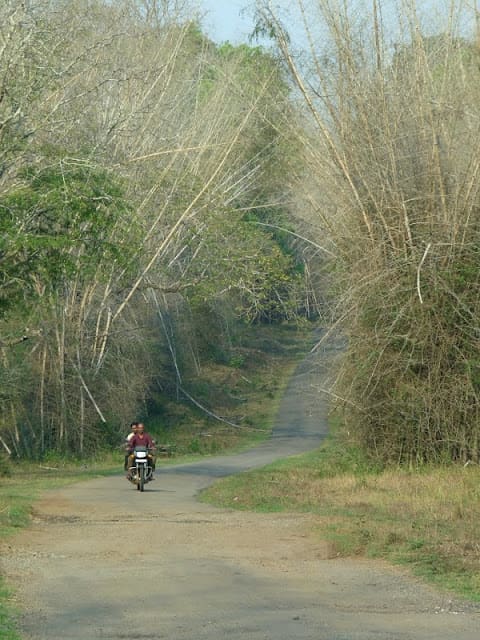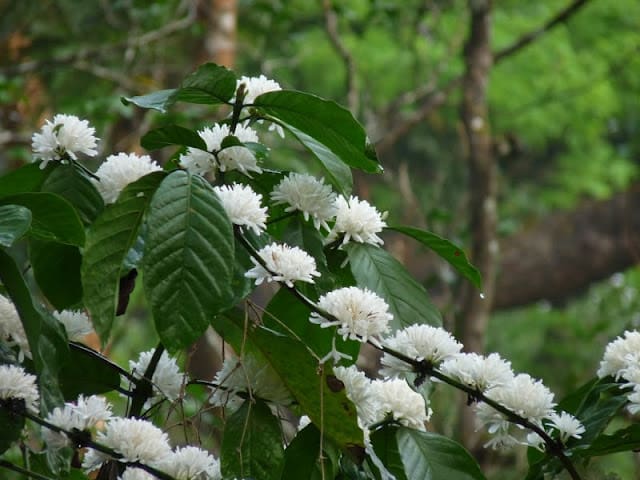 |
| Coffee in full flower |
Early this week I travelled to Coorg on assignment. Mild spring showers had triggered a riotous explosion of coffee blooms. Planters depend on these early rains, known locally as Blossom Showers, for the next year’s coffee crop. The dark-leaved boughs drooped under the weight of the clustered white blooms, and the air was redolent with their jasmine-like fragrance.
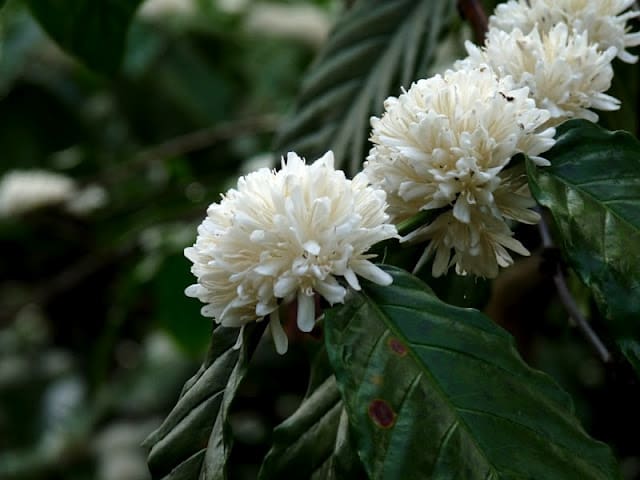 |
| The blooms emit a pleasant fragrance redolent of jasmine |
The blooms last only a few days before they wither into dark thready puffs and then expose the incipient fruit buds. These turn into the cherries that are then picked and pulped and dried and roasted and ground before they are packaged into the various brews that become your morning cuppa.
The bloom is an eagerly anticipated event and dictates the prosperity of the year ahead. Interesting, since coffee is a major cash crop, that it also coincided with the last days of the financial year.
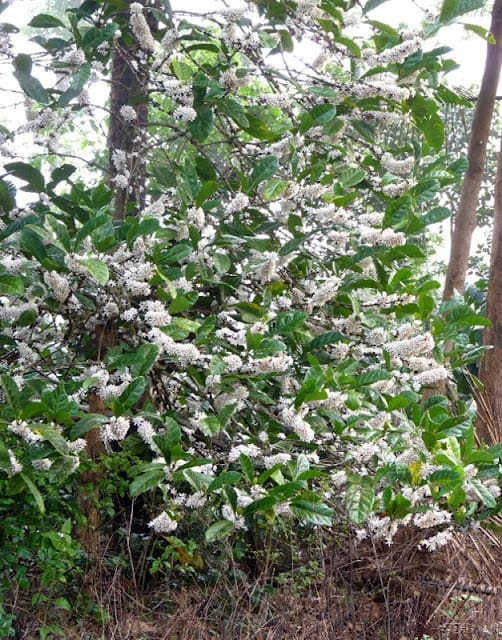 |
| Tree coffee in flower |
It was a picture of striking contrast at Nagarahole National Park, where I went on a side-trip. The great bamboo forests, which had stood in tall, dense thickets for over a decade or so, had turned into a ghost landscape of desolate desiccation. Browned by death, the clusters had withered from the inside out and stood like creaking skeletons along the highway that runs inside the forest.
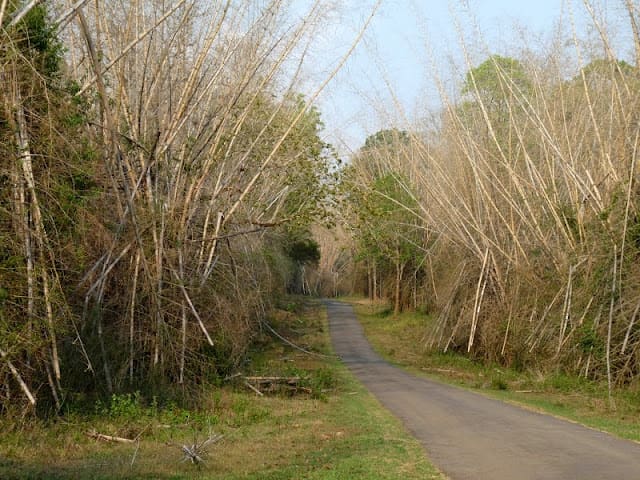 |
| Dead bamboo makes the forest look haunted |
Despite their enormous size bamboos are grasses and, depending on the species, they flower at intervals of every 60 or 120 years. The inflorescence is an amazing mass phenomenon and entire forests flower all at once. The fine seeds scatter on the ground providing a rich source of food for a large number of creatures, and are also harvested like rice by humans.
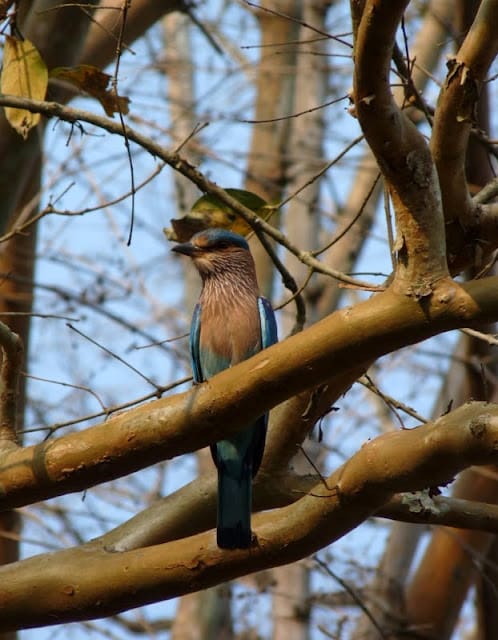 |
| An Indian roller in the forest |
Despite the spectacular plenitude of food that it brings, the large-scale flowering of bamboo is believed to herald the onset of famine. While some people have dismissed this contention as superstition, studies elsewhere have indicated that the sudden transition from a cornucopia of seed-food to a profusion of sprouting shoots in fact leaves nothing for the seed-eaters (primarily rodents).
 |
| Bamboo seeds are also included in the diet of the Malabar Giant Squirrel |
Paucity of food forces rats out of the forest to pillage larders and granaries, as well as standing crop fields. A rodent invasion of this scale can (and has, in the past) cause huge losses in traditional storage silos and granaries. Famines of this nature have been documented in northeastern India, where bamboo grows in profusion.
These contrasting landscapes presented themselves to me within 20 km of each other and I wondered that would happen if bamboo-dependent species such as elephants, driven by the depletion of one of their favourite food sources, turned on crops instead. Conflict alert!
Text and photos by Beej
Latest posts by Beej (see all)
- TL;DR – Death Stalks Like A Marabou Stork - July 24, 2024
- Dimorphic Egret – Meet this East African mystery bird - June 8, 2024
- Encounter: Northern Treeshrew in Arunachal Pradesh - May 19, 2024

